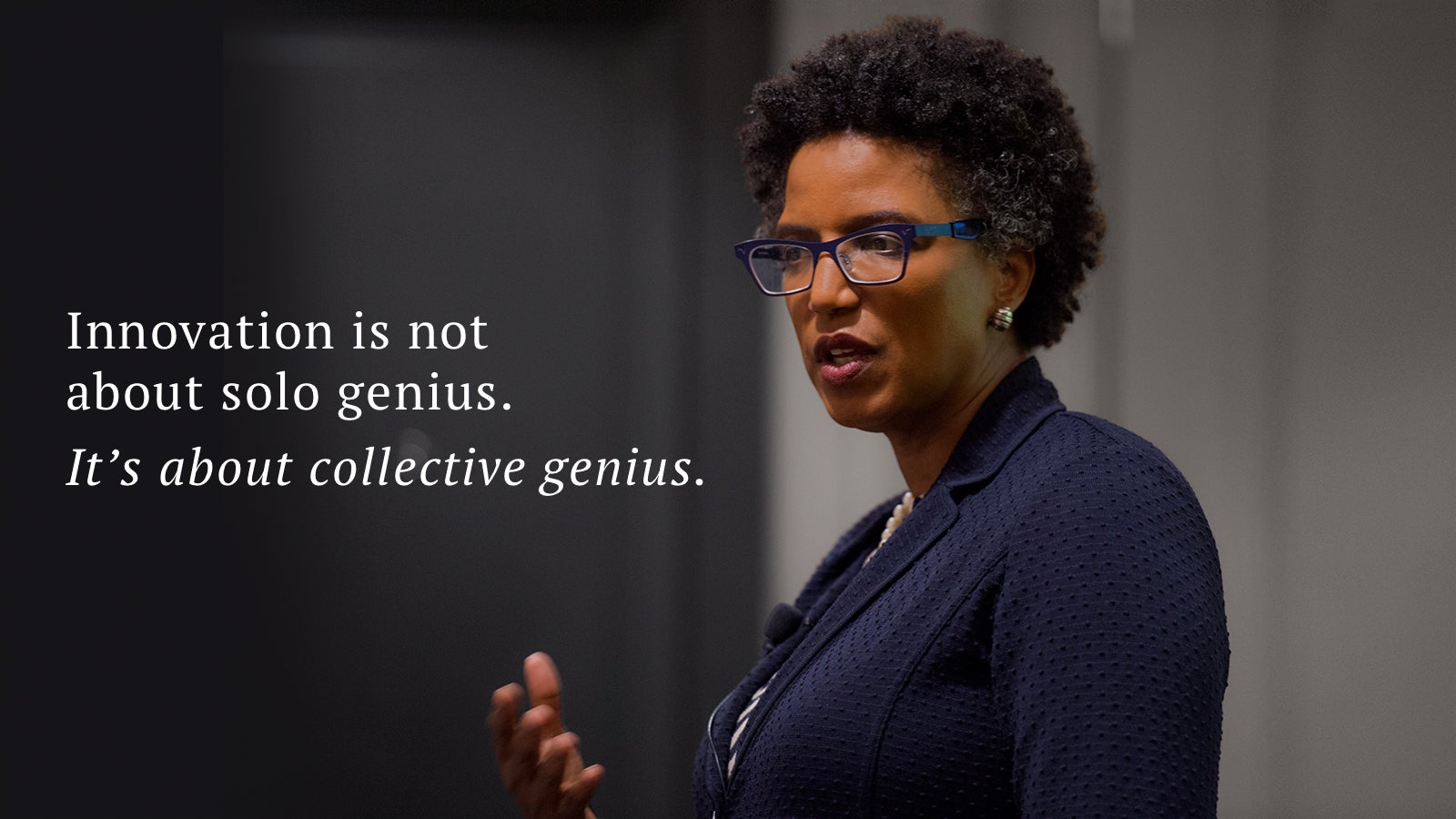Pixar’s “slices of genius” are applicable to all industries
Two hundred and fifty people. Four to five years. One groundbreaking movie. That was Pixar’s formula for hit after hit—though it took nearly 20 years for its founding team to produce Toy Story, released in 1995 as the first full-length computer-generated movie.


Two hundred and fifty people. Four to five years. One groundbreaking movie. That was Pixar’s formula for hit after hit—though it took nearly 20 years for its founding team to produce Toy Story, released in 1995 as the first full-length computer-generated movie.
Harvard Business School (HBS) Professor Linda A. Hill entered the studio in 2005, during the making of Ratatouille, but she wasn’t there to push pixels. She was rethinking the definition of leadership and innovation by putting collective development ahead of solitary purpose. Hill is the Wallace Brett Donham Professor of Business Administration and faculty chair of the Leadership Initiative. At HBS Executive Education’s General Management Program (GMP), she shares the blockbuster approach she studied.
Pixar cofounder and president Edwin E. “Ed” Catmull was just one of the 16 leaders in seven countries whom Hill studied for nearly a decade—alongside three self-described “co-conspirators,” appropriately enough—before the team’s acclaimed 2014 release of Collective Genius: The Art and Practice of Leading Innovation.
“Leading innovation is not about creating a vision and inspiring others to execute it,” Hill said in her TED Talk last year. “Innovation is not about solo genius. It’s about collective genius.”
Hill saw Pixar’s ability to incorporate individual “slices of genius” at work in a dozen industries around the world—and even in the archetype of the wild-haired inventor.
“Edison may get the credit for his inventions—it was his laboratory, of course—but each one typically arose from years of effort that included many others,” as Hill and her co-authors put it.
Hill puts such leadership into three organizational capabilities—creative abrasion, creative agility, creative resolution—for leaders to build into the culture. Abrasion ensures the diversity and conflict that breed truly novel ideas, agility allows for the quick and substantial refinement of such ideas’ messy origin, and resolution forms the portfolio of often-opposing ideas into a cohesive and vibrant whole. In country after country, office after office, Hill saw her leadership subjects flip the script.
“They stopped giving answers, they stopped trying to provide solutions,” Hill and her co-authors write. “Instead, what they did is they began to see the people at the bottom of the pyramid, the young sparks, the people who were closest to the customers, as the source of innovation.”
Hill challenges leaders everywhere to do the same—to set the stage rather than hog the spotlight. Even the most dynamic monologist can’t overpower an ensemble cast.
This article was produced on behalf of Harvard Business School by the Quartz marketing team and not by the Quartz editorial staff.